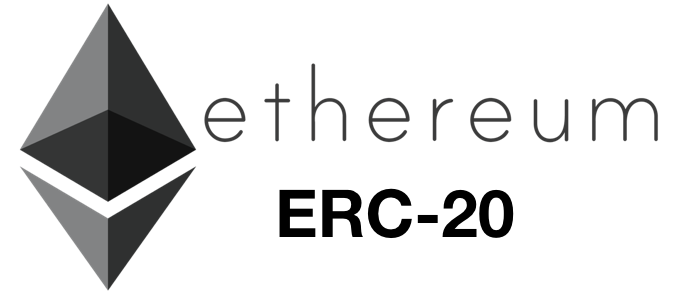The ERC-20 token is developed on the basis of Ethereum. The platform consists of a blockchain that stores transactions, and a virtual machine that encodes smart contracts that guarantee their execution. The standard simplifies the creation of projects in
a decentralized registry, optimizes the operation of the network.
General information about a token
Coins based on the Ethereum blockchain are designed to represent a developed project or technology. This financial asset is created with the help of smart contracts. A company conducts ICO and issues a token for sale to investors and initial offering. The
goal is to raise capital to launch and develop the project.

The disposal of tokens, payment of commission for smart contracts are carried out for ETH or BTC, thus increasing the demand for these currencies. An investor buys coins, transferring the cryptocurrency from his/her address to the ICO wallet.
Standard ERC-20 tokens are unified. They play the role of cryptocurrency, assets, and digital shares. It is important that they comply with the accepted address format. Token shares are profitable as they yield income in the form of dividends. In addition,
the owner participates in the management of the company, controls the transfer and consumption of coins, keeps track how many assets are held on the accounts in the defined period.
Properties of the standard
ERC-20 - the official unified protocol, designed to solve the issue of compatibility of different coins and improve the functioning of the network. The standard token on the Ethereum blockchain is characterized by the following properties:
- Makes assets interchangeable;
- Used on compatible platforms, projects, exchanges;
- Ensures operation with compatible decentralized applications (DApps);
- Simplifies transactions with the receipt and sending of coins;
- Interacts with other currencies, smart contracts;
The standard tokens based on the blockchain are decentralized and open source.
Protocol Functions
When creating a token and building a smart contract, there are 6 simple but obligate functions:
- Control of the initial number of coins and issue;
- Assignment of the initial quantity to the company's address and to the owner of the ICO;
- Sending assets to investors, recording the balance;
- Distribution of coins among users for transactions, verification of their movement;
- Checking the remaining balance;
- Control the adequacy of the currency at the address for transmission.
In addition, cryptocurrency experts from Soft-FX recommend using three functions for identifying coin parameters: symbol, name, and dimension. Smart contracts involve the use of additional functions. For example, empowering an investor to vote for a project.
The developer of the Ether-based token with the specified parameters can be any user who is going to create his/her own project. It can easily expand the functionality and add the right options for the project to the smart contract.
The ERC-20 standard has its pros and cons, as a large number of identical signs are created.
Technical specifications of the smart contract
Smart contract, written in the form of code, performs the following actions:
- Conducts transactions, transfers tokens;
- Confirms cost;
- Tracks account balance.
It contains the information on compliance with the terms of the contract and the specified set of functions. It is prohibited to change or not to comply with the contract requirements. If a developer does not include all the standard parameters, compatibility
with ERC-20 and interaction with other functionality will be incomplete.
The contract and related information can be found contained in the blockchain. Payments are performed automatically, and the blockchain protects transactions.
The smart contract is not free of vulnerabilities. The mistake made at its development leads to the loss of means. An add-on is being developed to reject a transaction that does not meet the requirements of the contract.
Adding a custom token to MyEtherWallet
The ERC-20 standard is compatible with the MyEtherWallet (MEW). It is recommended to register and create a wallet on the official website.
The process of adding tokens involves the following steps:
- Visit the official MyEtherWallet website;
- Login and unlock your wallet;
- Go to the “View Wallet Info” tab;
- Click “Add Custom Token”;
- Fill the contract address, the number of decimals, and the token symbol as provided by the token creators in a custom token form;
- Click “Save” and you tokens will be seen in MEW.